-
SPACE India, American Center to launch astronomy & space science workshop series

New Delhi, May 14 (IANS) SPACE India, a space educational organisation, has joined hands with the American Center to launch an astronomy and space science workshop series, it said on Tuesday. The once-a-month workshop series aims to foster space science and astronomy education at the grassroots level and also marks a significant milestone in the…
-
Alarmed by Climate Change, Astronomers Train Their Sights on Earth

A growing number of researchers in the field are using their expertise to fight the climate crisis. On the morning of Jan. 18, 2003, Penny Sackett, then director of the Australian National University’s Mount Stromlo Observatory outside Canberra, received a concerning email from a student at the facility. Bush fires that had been on the…
-
SPACE India, American Center to launch astronomy & space science workshop series

SPACE India, American Center to launch astronomy & space science workshop series IANS | 14 May 2024 5:59 AM GMT Highlights SPACE India, a space educational organisation, has joined hands with the American Center to launch an astronomy and space science workshop series, it said on Tuesday. New Delhi: SPACE India, a space educational…
-
The New Extremely Large Telescopes And The US’ Waning Influence In Astronomy
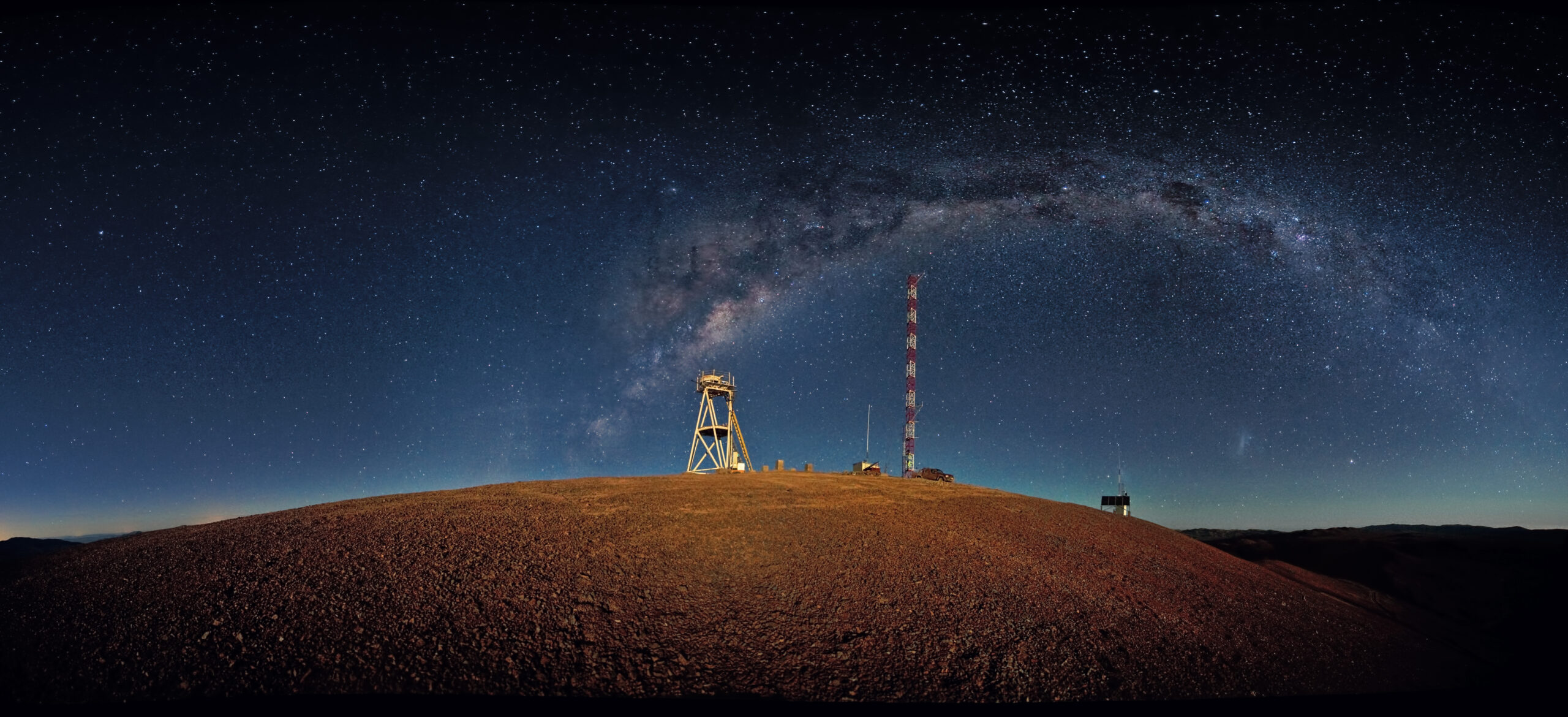
For many decades, the USA has been at the forefront of astronomy, whether with ground-based telescopes or space-based observatories like Hubble and the JWST. Yet this is now at risk as US astronomers are forced to choose between funding either the Giant Magellan Telescope (GMT) or the Thirty Meter Telescope (TMT) as part of the…
-
Giant structure in space challenges our understanding of the universe
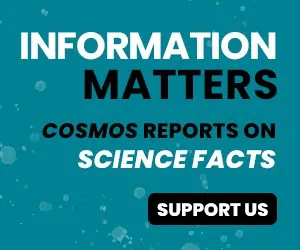
About 9.2 billion light-years from Earth is a colossal structure which has confounded astronomers. The discovery might upend current cosmological theories. What they’ve found is a 1.3-billion-light-year-across, almost perfect ring of galaxies. No such structure has been seen before. And it doesn’t match any known formation mechanism. It has been dubbed the “Big Ring.” The…
-
Expert Commentary: What caused so many auroras this weekend, and could we see more?
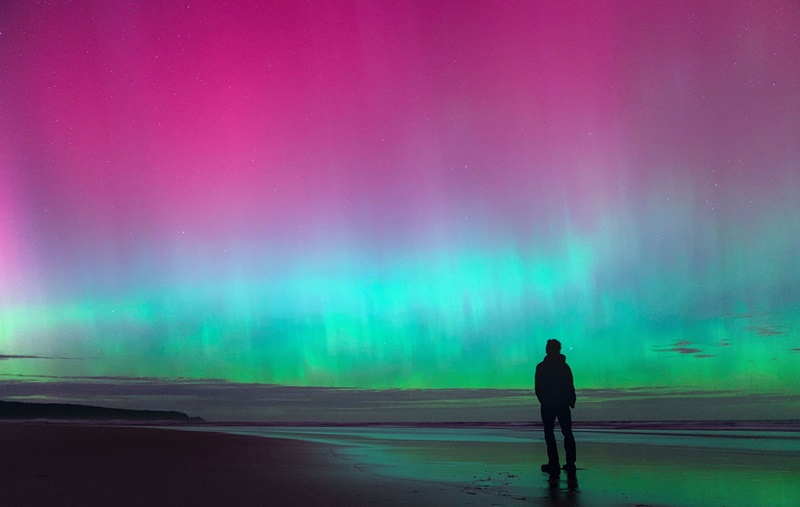
13 May 2024 Expert commentary Solar flares and storms have the potential to damage satellites, knock down power grids, and — as seen this weekend — trigger bright auroras. Solar activity is closely linked with the number of sunspots, or bundles of magnetically charged plasma, which can collide, shear, and snap, sending strong radiation out…
-
James Webb Space Telescope finds best evidence yet for rocky exoplanet atmosphere
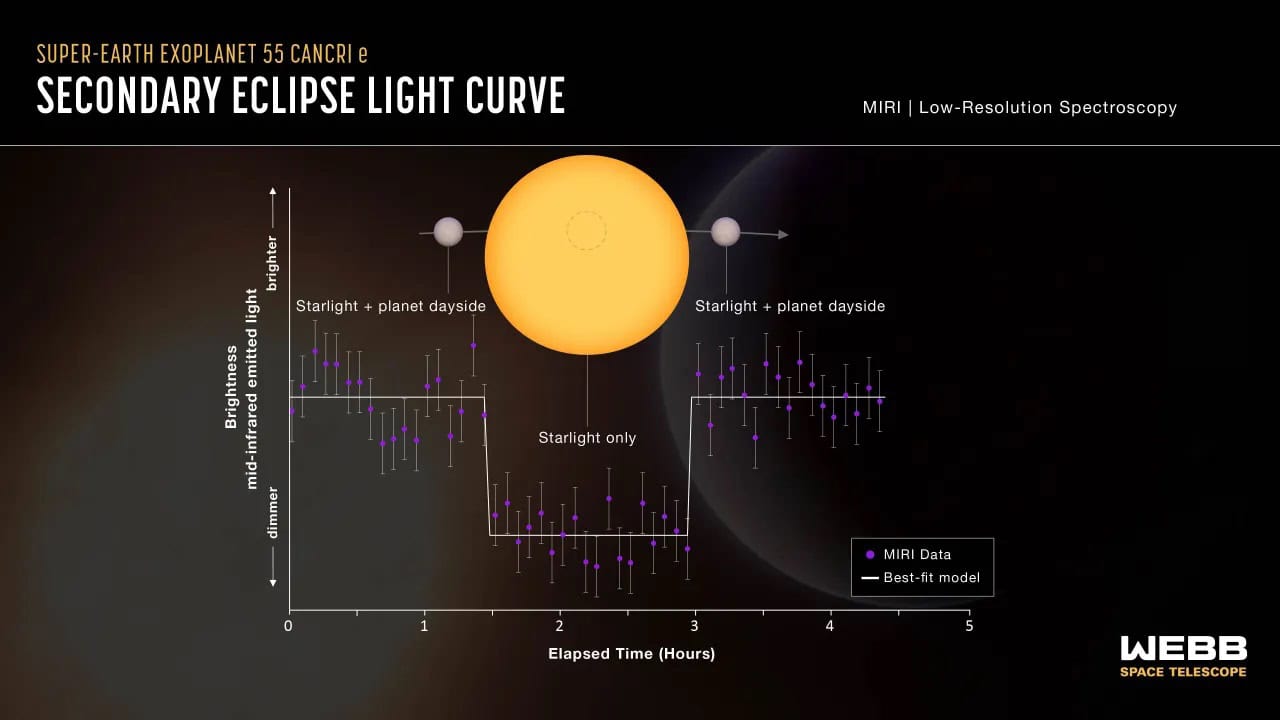
NASA’s James Webb Space Telescope (JWST) has detected the best evidence to date for the existence of an atmosphere around a rocky exoplanet. The discovery could aid the continued search for habitable planets outside our solar system. “55 Cancri e” is a hot rocky planet orbiting a star 41 light-years from Earth. Its orbit is…
-
Space photo of the week: ‘God’s Hand’ leaves astronomers scratching their heads
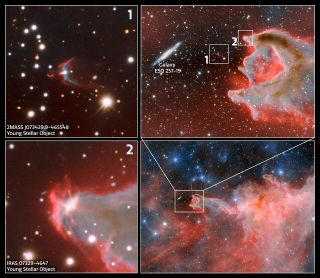
What it is: CG 4, a “cometary globule” often called “God’s Hand” Where it is: Gum Nebula, 1,300 light-years away in the constellation Puppis (the “poop deck”) When it was shared: May 6, 2024 Why it’s so special: CG 4 is a fairly typical cloud of gas and dust where stars are being born, but…
-
Why can’t we see the far side of the moon?
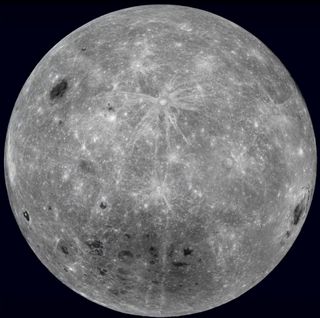
Some people see a face in the moon; others see a rabbit or a toad. But regardless of what you see on the lunar surface, we all view the same side of our natural satellite. So why don’t we ever see the far side of the moon? From Earth, it appears as if the moon…
-
50 of the greatest, most famous astronomers of all time

Who are the greatest and most famous astronomers of all time? The history of astronomy is the story of how humanity has uncovered the secrets of the cosmos, from early astronomers defining the mechanics of the Solar System and how the night sky changes over time, to astrophysicists studying the chemistry of stars, the expansion…